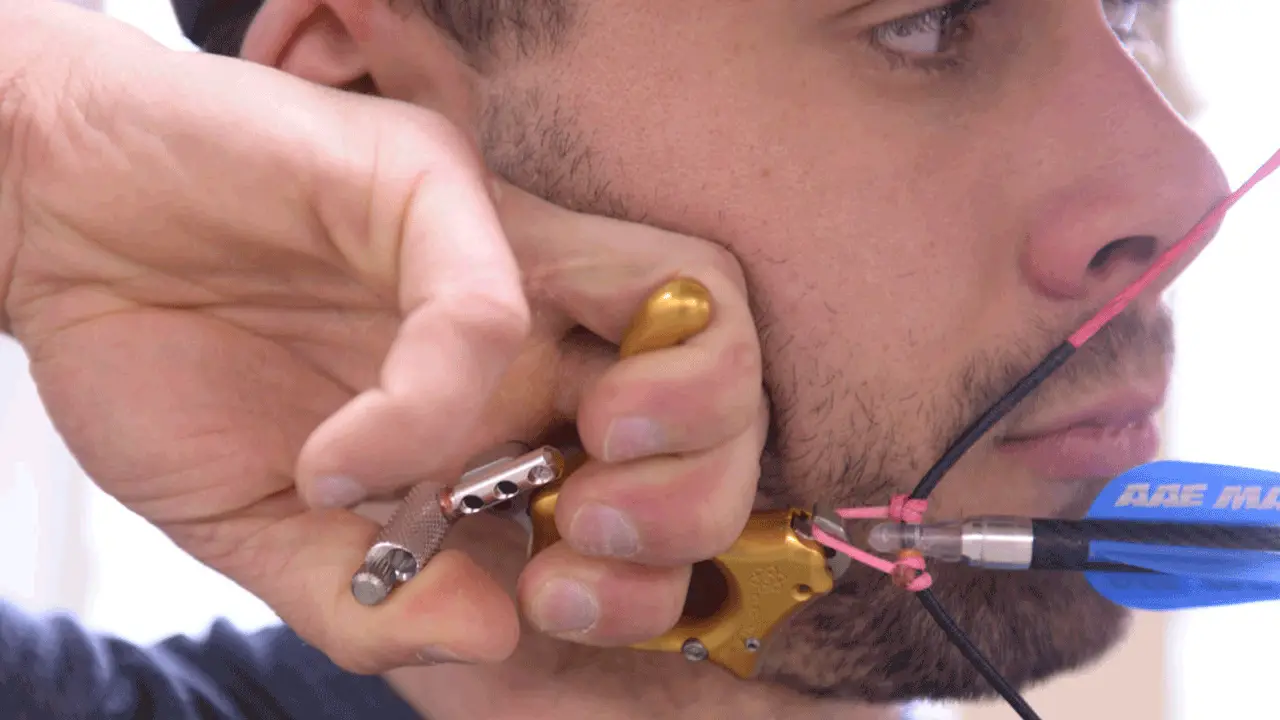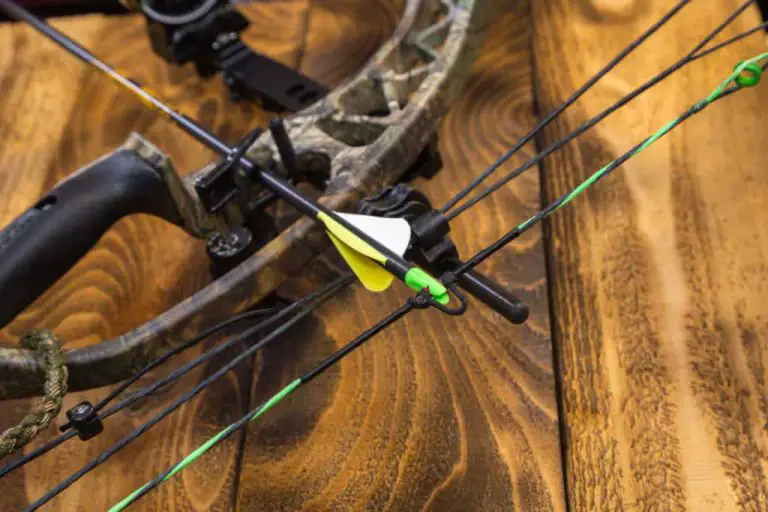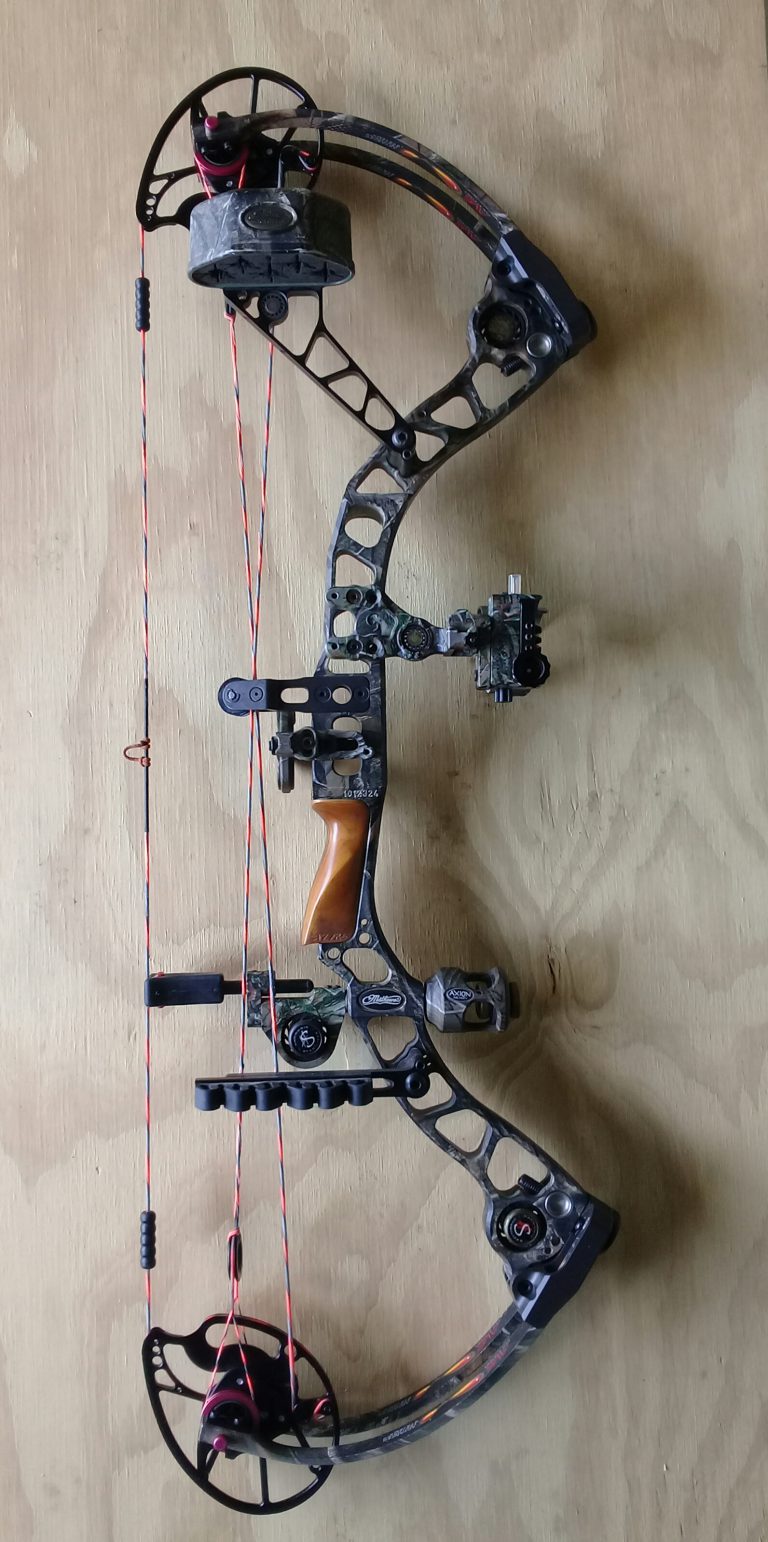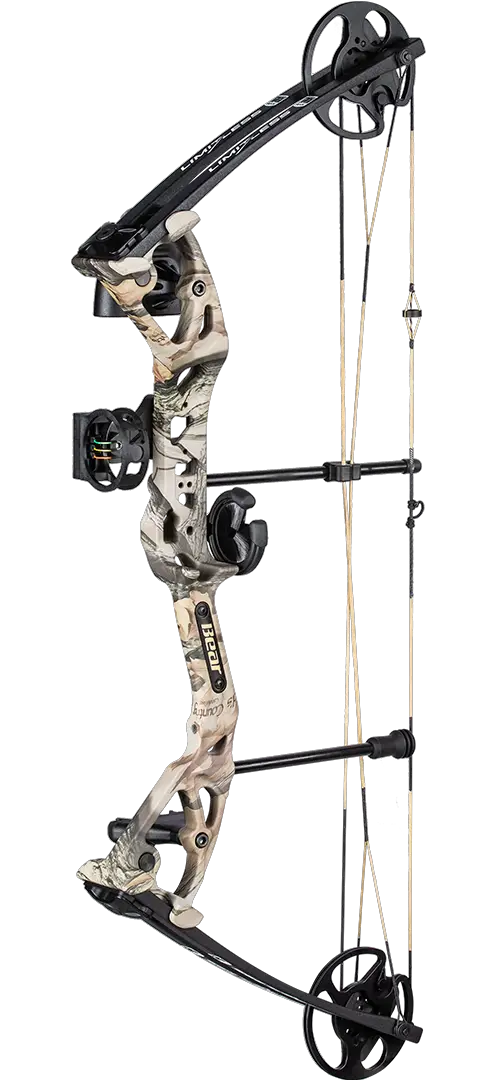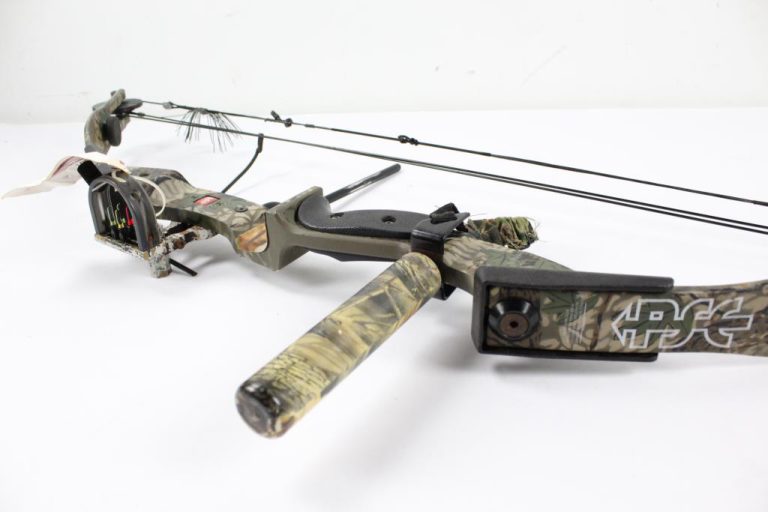Back Tension Release With Safety
The article “Back Tension Release With Safety” explores the world of compound bows, highlighting their mechanics, advantages, and the importance of safety. With a fusion of innovation and tradition, compound bows have become a preferred choice for many archers. These bows utilize a system of cables, pulleys, and cams to assist the archer in holding a high poundage, providing power, speed, and accuracy. Compact in design and adjustable in draw length and weight, they cater to different purposes and skill levels. However, it is crucial to prioritize maintenance and safety, ensuring proper arrow usage and shooting precautions. From seasoned archers to beginners, the compound bow offers a thrilling experience that combines the best of both worlds.

1. What is a Compound Bow?
A compound bow is characterized by a system of cables, pulleys, and cams that assist the archer in holding a high poundage at full draw. Unlike traditional bows, where the draw weight increases as you pull back, compound bows reach a peak weight and then “let-off” to a lower holding weight, allowing the archer to take more time when aiming. This innovative design not only provides more power but also enhances accuracy and adjustability.
2. Key Components:
Limbs
Unlike the straight limbs of a longbow or the curved limbs of a recurve, compound bow limbs are much stiffer, providing the power behind the arrow. The limbs store energy as you draw the bowstring, and when released, they transfer that energy to propel the arrow forward.
Cams
Cams are the heart of a compound bow. These are the oval-shaped devices that rotate as the bow is drawn. They dictate the draw cycle’s feel and the bow’s overall performance. Cams come in different designs, such as single cams, binary cams, and hybrid cams, each offering unique advantages in terms of smoothness, speed, and accuracy.
Cables & Strings
Cables and strings are integral to the functioning of the cams. They transfer energy from the cams to the limbs and the arrow during a shot. The strings are attached to the cams and the limb tips, while the cables connect the top and bottom cams. It’s crucial to regularly inspect and maintain these components to ensure optimal performance and safety.
Riser
The riser, also known as the handle, is the central part of the bow. It is usually made of aluminum or carbon and serves as the foundation to which limbs, sights, stabilizers, and other accessories are attached. The riser’s design plays a significant role in the bow’s balance, stability, and overall feel.
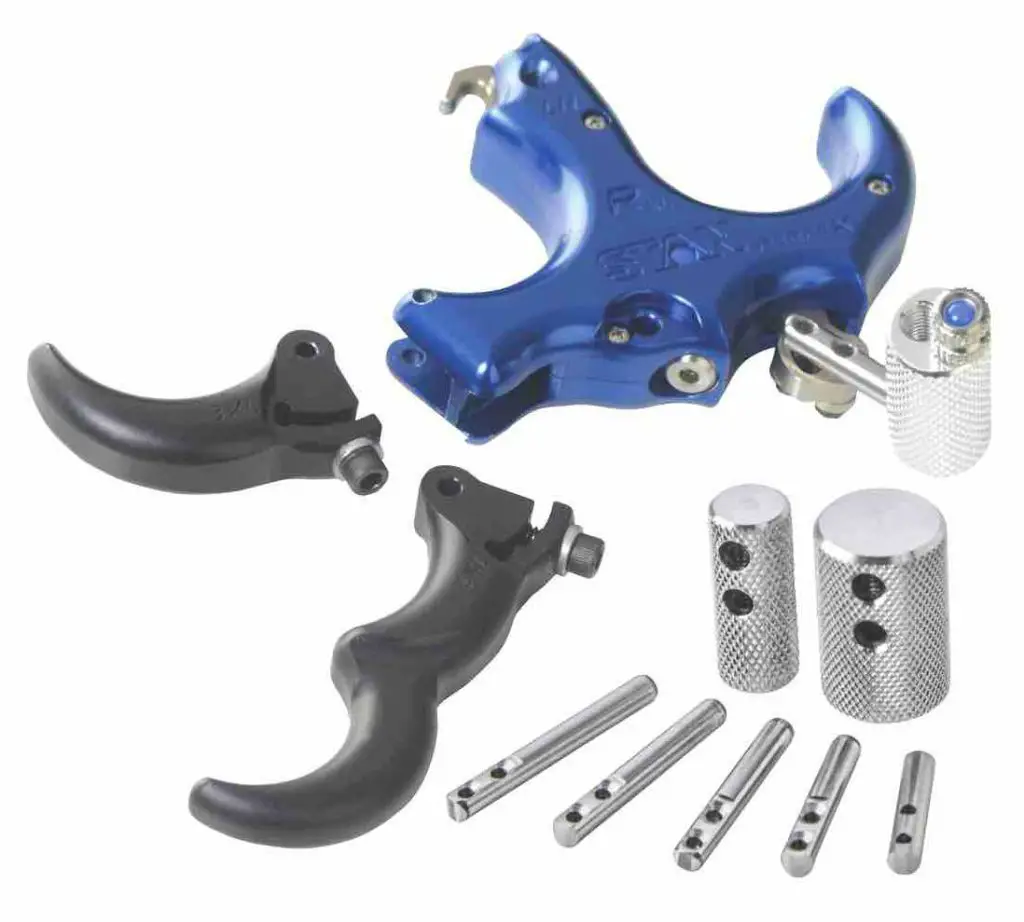
3. Advantages of Compound Bows:
Power & Speed
One of the most notable advantages of compound bows is their ability to generate immense power. The combination of the cam system and the stiff limbs allows for greater energy storage, resulting in arrows that travel at tremendous speeds. This power is especially valuable when hunting, as it increases the chance of a clean and ethical kill.
Accuracy
The mechanical advantage provided by the cams and the ability to hold the bow at full draw for longer periods greatly enhance accuracy. The “let-off” feature of compound bows allows the archer to maintain a steady aim without exerting excessive effort. Additionally, the use of bow sights and other accessories further improves accuracy by providing precise aiming references.
Compact Design
Compound bows have a shorter limb design compared to traditional bows, making them more manageable in tight spaces, such as hunting blinds or thickly wooded areas. The compact size not only improves maneuverability but also reduces the chances of the bow getting caught on branches or other obstacles while hunting or moving through challenging terrain.
Adjustability
Many compound bows offer a wide range of adjustability, allowing archers to fine-tune their equipment to suit their specific needs. Adjustable draw lengths and draw weights make compound bows suitable for archers of all sizes and skill levels. This adaptability ensures that the bow can grow with the archer, making it an excellent choice for beginners and experienced archers alike.
4. Choosing the Right Compound Bow:
Purpose
Before selecting a compound bow, it’s essential to determine its intended purpose. Are you targeting big game, participating in target archery, or maybe bowfishing? Different purposes require different features and specifications, so clarifying your goals will help narrow down the options.
Draw Length
Ensuring the bow fits your personal draw length is crucial for optimal performance and shooting comfort. Draw length is the distance between the bowstring at full draw and the grip of the bow. Incorrect sizing can affect accuracy and may cause discomfort or even injury. Consulting with a professional or using a draw length measuring tool will help you determine the correct draw length for you.
Draw Weight
Draw weight refers to the amount of force required to pull the bowstring back to the full draw position. It is important to start with a weight that you can comfortably and consistently pull back. Trying to shoot with a draw weight that is too heavy can lead to poor form, decreased accuracy, and potential injury. It’s always better to start with a lighter weight and gradually increase as you build strength and proficiency.
Let-off
Let-off is the percentage of weight reduced when the bow is at full draw. It allows the archer to hold the bow at full draw for longer periods with less effort. A higher let-off is beneficial in situations where you need to wait for the perfect shot, such as hunting. However, a higher let-off generally comes at the cost of a slightly reduced arrow speed. Finding the right balance between let-off and speed is a personal preference that should be considered when choosing a compound bow.

5. Maintenance & Care:
Compound bows, with their intricate design, require regular maintenance to ensure optimal performance and safety. Here are some essential maintenance practices to follow:
- Periodically inspect all components, including the limbs, cams, cables, and strings, for any signs of wear and tear. Replace any damaged or worn-out parts promptly.
- Keep the bow clean and free of dirt, debris, and moisture. Wipe it down after each use and avoid exposing it to extreme temperatures and humidity.
- Lubricate moving parts, such as the cams and axles, with a lubricant specifically designed for archery equipment. This helps reduce friction and ensures smooth operation.
- Check the bow’s string and cables for proper tension. If they appear loose or stretched, consider having them professionally adjusted or replaced.
- Consider professional tuning and servicing at least once a year. A professional technician can fine-tune the bow’s performance and identify any underlying issues that may affect accuracy and safety.
Taking the time to properly maintain and care for your compound bow will not only extend its lifespan but also enhance your shooting experience and ensure your safety.
6. A Word on Safety:
While compound bows offer numerous advantages, it’s crucial to prioritize safety when handling and shooting a bow. Here are some essential safety guidelines:
- Always follow the manufacturer’s instructions and guidelines for your specific bow model.
- Familiarize yourself with proper shooting techniques and form. Consider taking lessons or seeking guidance from experienced archers.
- Use arrows that are recommended for your specific bow’s draw weight and length. Using improper arrows can lead to equipment damage and potential injury.
- Make sure your shooting lane is clear and free of any obstructions or people. Always be aware of what lies beyond your target to avoid any unintended accidents.
- Never dry fire a compound bow, meaning never release the string without an arrow. Dry firing can cause severe damage to the bow and potentially injure the archer.
- Consider using a bow release aid to minimize the risk of string slap on your forearm during the shot.
- Wear appropriate protective gear, such as an armguard, finger tabs or gloves, and safety glasses, to shield yourself from potential injuries.
By prioritizing safety and following these guidelines, you can enjoy the thrill and excitement of shooting a compound bow while minimizing the risks associated with this powerful tool.
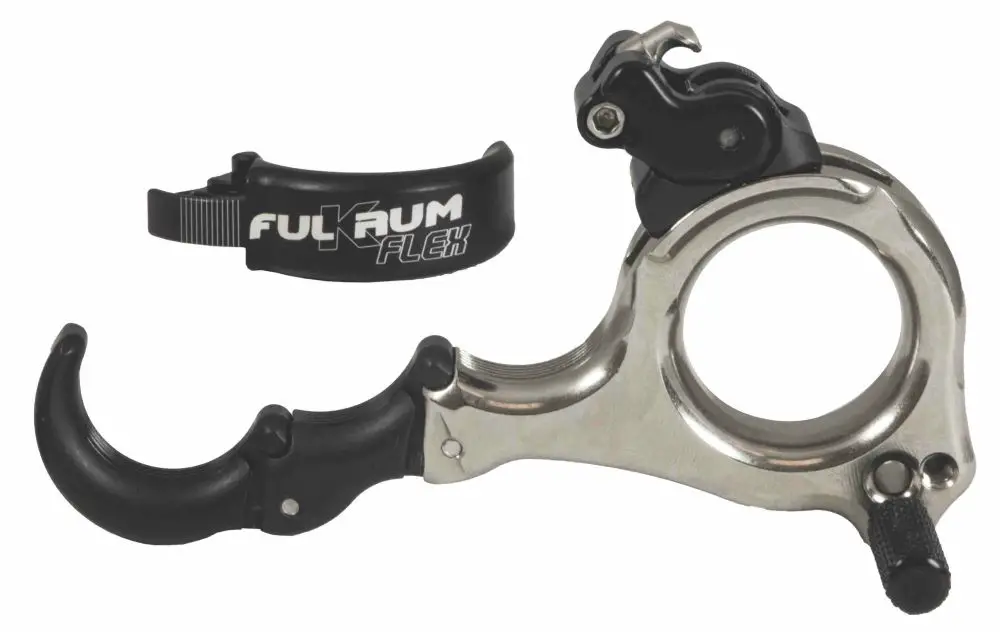
Conclusion:
The compound bow, since its invention in the 1960s, has revolutionized the archery world. It combines the rich history and tradition of archery with the advantages of modern technology. Whether you’re a seasoned archer or just beginning your journey, the compound bow offers a unique and thrilling experience. Its power, speed, accuracy, compact design, and adjustability make it the preferred choice for many archers, whether they are hunting, competing in target archery, or simply enjoying recreational shooting. Remember to choose the right bow for your purpose, always prioritize safety, and invest time in maintenance to ensure years of enjoyable shooting with your compound bow.

